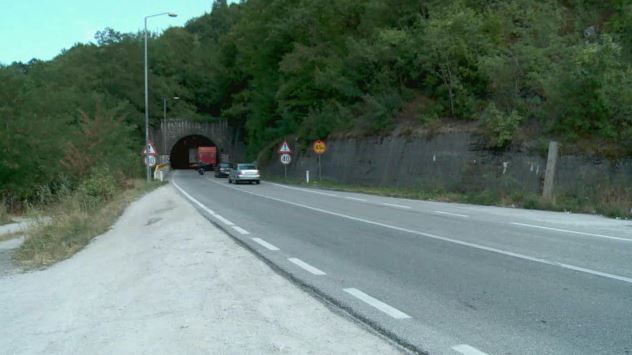Bosnia's transport infrastructure nearing expiry date

The transport infrastructure in Bosnia and Herzegovina constructed in the last century pose a security challenge and its expiry date passed long ago, warn the architecture experts.
Oglas
Following the Genoa disaster, where a giant bridge collapsed leaving dozens of dead underneath its rubble, Bosnia’s experts have warned about the poor quality of a part of the transport infrastructure in the country.
“There are bridges and tunnels and viaducts on the road network that pose a threat due to inadequate statics check, the lack of protection in tunnels, but also due to the lack of adequate measuring instruments for this check, so it usually ends with empirical assessments,” said traffic expert Osman Lindov pointing out that this particularly refers to the infrastructure built 40 years ago.
According to the Sarajevo Faculty of Architecture professor, Lamija Aksamija, the date of expiry of the infrastructure from the Austro-Hungarian period passed long ago.
Oglas
“We must not ignore the fact that the heritage is part of the architecture, it is immovable heritage, and therefore it has an expiry date. There is a fatigue of materials and situations like the one in Genoa happen,” Aksamija explained.
The material fatigue is an often occurrence on newly constructed infrastructure in Bosnia and Herzegovina, which periodically leads to landslides or flooding.
Control of the regional and state roads falls under the jurisdiction of state-owned companies of Bosnia’s two semi-autonomous entities, the Federation (FBiH) and the Republika Srpska (RS). The RS recently established the Agency for Traffic Safety.
“Periodic controls (of roads) means that the state and regional roads need a check every five years. I can say that ‘RS Roads’ (company) have started with checks two years ago, this is the third year, and that 200 kilometres are checked every year,” said the agency’s representative Milija Radovic.
Oglas
The oldest road infrastructure in Bosnia and Herzegovina dates back to the Ottoman era and is a part of the country’s cultural heritage. The bridges from this period are mostly closed for traffic but they still serve their purpose.
Kakvo je tvoje mišljenje o ovome?
Učestvuj u diskusiji ili pročitaj komentare
Oglas
Kakvo je tvoje mišljenje o ovome?
Učestvuj u diskusiji ili pročitaj komentare
Oglas
NAJČITANIJE
Oglas
Oglas
Najnovije
Oglas
Oglas





 Srbija
Srbija
 Hrvatska
Hrvatska
 Slovenija
Slovenija



























































